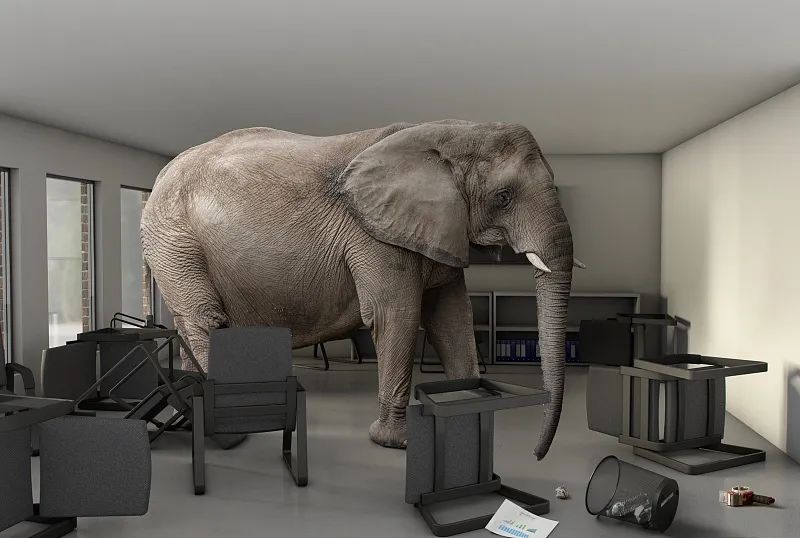In life, we always look at different places from far to near to far, which is very easy for ordinary friends, but it is different for people with poor eyesight, which is a very troublesome or troubling problem.
How to solve this problem? Of course it is the auxiliary prop glasses, the myopic people with glasses, can see far, farsighted people with glasses can see close, but the problem comes, wearing glasses to see far, when looking close, will be very uncomfortable, and the same with wearing glasses to see close. How to better solve this problem? Now there's a solution to this awkwardness: progressive multifocal glasses.
That is the subject of this article - progressive multifocal lenses.
Progressive multifocal lenses, also known as progressive lenses, have multiple focal points on one lens as the name implies. If the lens is divided from the focus, the lens can be divided into single focal lens, double focal lens, multi focal lens.
· Our most common lenses are single-focal lenses, where there is only one luminosity on the lens;
· Bifocal lens is a bifocal lens, which used to be used by many elderly people to solve the problem of seeing far and near at the same time. However, due to its major shortcomings and the popularity of progressive multi-focus, bifocal lens has been basically eliminated;
· As a milestone in the history of lens development, multifocal lens will also be the main direction of future research and development and market popularization.
Birth and development History of progressive multifocal lens:
In 1907 Owen Aves first put forward the idea of progressive multifocal lens, marking the birth of a new vision correction concept.
The design of this special lens is inspired by the shape of an elephant's trunk. When the curvature of the front surface of the lens is increased continuously from the top to the bottom, the refractive power can be changed accordingly, that is, the refractive power is increased gradually and continuously from the far area located at the upper part of the lens until the near area at the bottom of the lens reaches the required near diopter number.

On the basis of the previous conception, and with the help of the new achievements in the design and development provided by modern technology, in 1951, the French man Metenez designed the first progressive lens of modern concept, which could be used for clinical wear. After many refinements, it was first introduced to the French market in 1959. Its innovative concept of visual correction gained worldwide attention and was soon introduced to continental Europe and North America.
With the development of computer and the application of advanced design software and instruments in the design and development of eyeglasses, progressive lens design has achieved great development. The general trend is: from single, hard, symmetric and spherical far-zone design to diversified, soft, asymmetric and aspheric far-zone design. In the initial design of progressive mirror, people mainly considered mathematical, mechanical and optical problems. With a more comprehensive understanding of the visual system, modern and future progressive mirror design will increasingly focus on the relationship between progressive mirror and physiological optics, ergonomics, aesthetics, psychophysics.
After several major innovations, progressive lens has become the first choice for vision correction in Western European developed countries such as France and Germany, with more and more types of lenses and more and more people wearing progressive lens. In Japan and the United States, the progressive lens wear has an obvious increasing trend every year. In the Asia-Pacific region and Eastern Europe, with the promotion of optometry education courses with progressive lens fitting as the core, more and more optometrists and optometrists regard progressive lens as an important choice for vision correction.
Who is progressive multifocal lens suitable for?
1. The original intention of multi-focal lens is to provide a natural, convenient and comfortable correction way for presbyopia patients. Wearing progressive lens is just like using a video camera. A pair of glasses can see distant, near and medium distance objects clearly. Therefore, we describe progressive lenses as "lenses that zoom". After wearing one pair of glasses, it is equivalent to using multiple pairs of glasses.
2. With the research of "myopia development and regulation theory", progressive multifocal lenses have been gradually applied to control the development of myopia in adolescents.

The advantages of progressive multifocal lens
1. The appearance of the lens is the same as that of the monophoscope, and no dividing line of degree change can be seen. The beauty of the lens protects the wearer's need to keep his or her age private, and eliminates the wearer's concerns about revealing his or her age secret by wearing bifocals in the past.
2, the change of lens degree step by step, will not produce image jump. Comfortable to wear, easy to adapt.
3, the lens degree is gradual, from far to near the change of gradual increase, will not produce eye adjustment fluctuations, not easy to cause visual fatigue.
4. Clear vision can be obtained at all distances within the range of vision. A pair of glasses can be used for far, near and intermediate distances at the same time.
Precautions for progressive multifocal lens
1. When matching glasses, choose a large frame frame.
Because the lens has to be divided into far, middle, and near zones, only a large frame can ensure a wide enough area for near use. It is best to match the full frame frame, because the larger the lens, the thicker the lens edge, the full frame slot can cover the thickness of the lens edge.
2 generally need about a week of adaptation period, but the length of the adaptation period varies from person to person, walk slowly when dizziness.
3. Because the two sides of the lens are astigmatic disorder area, it is difficult to see the objects on both sides through the light blink ball, so it is necessary to rotate the neck and eyeball at the same time to see clearly.
4. When you go downstairs, keep your glasses low and try to see out of the far upper area.

Post time: Sep-27-2022

